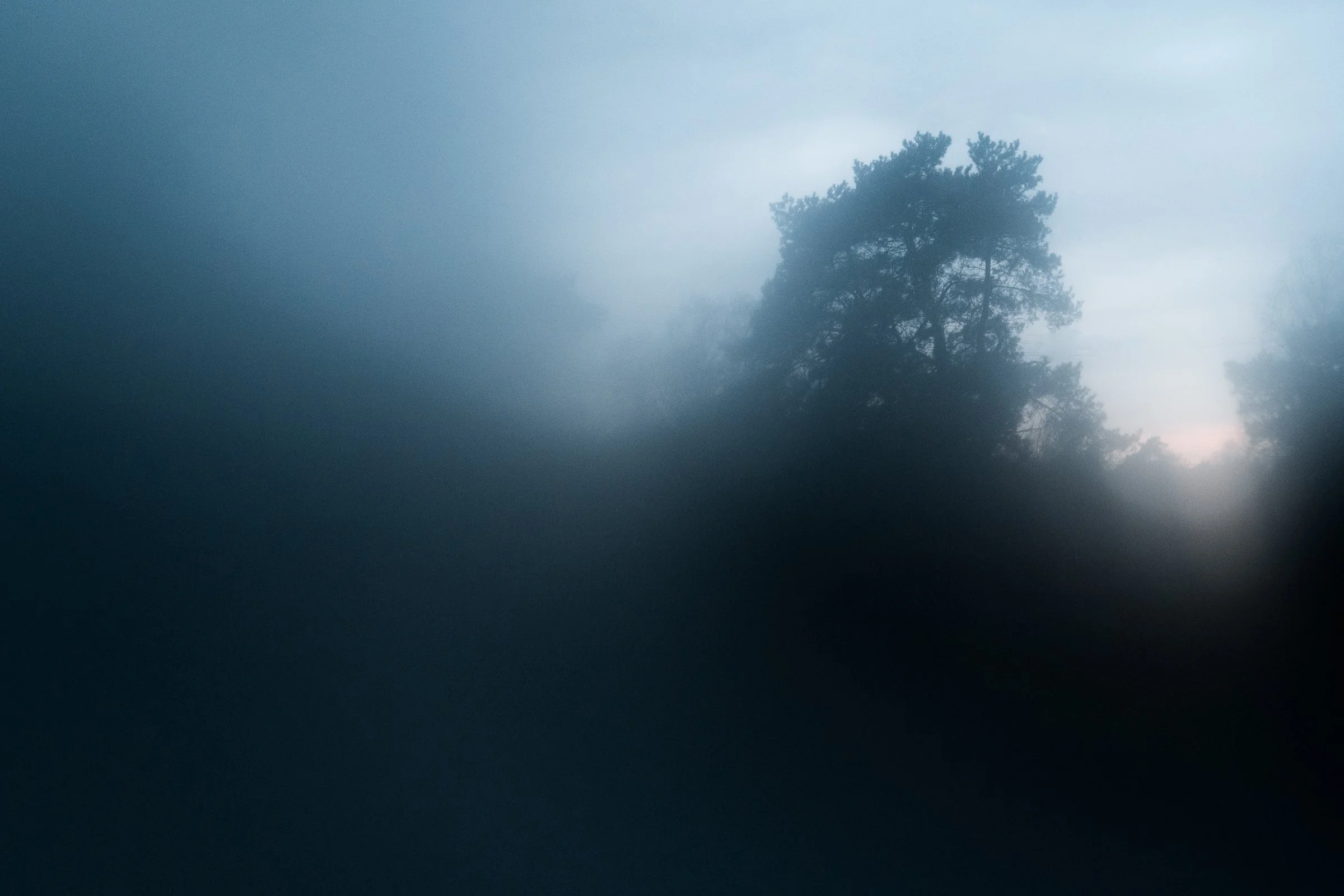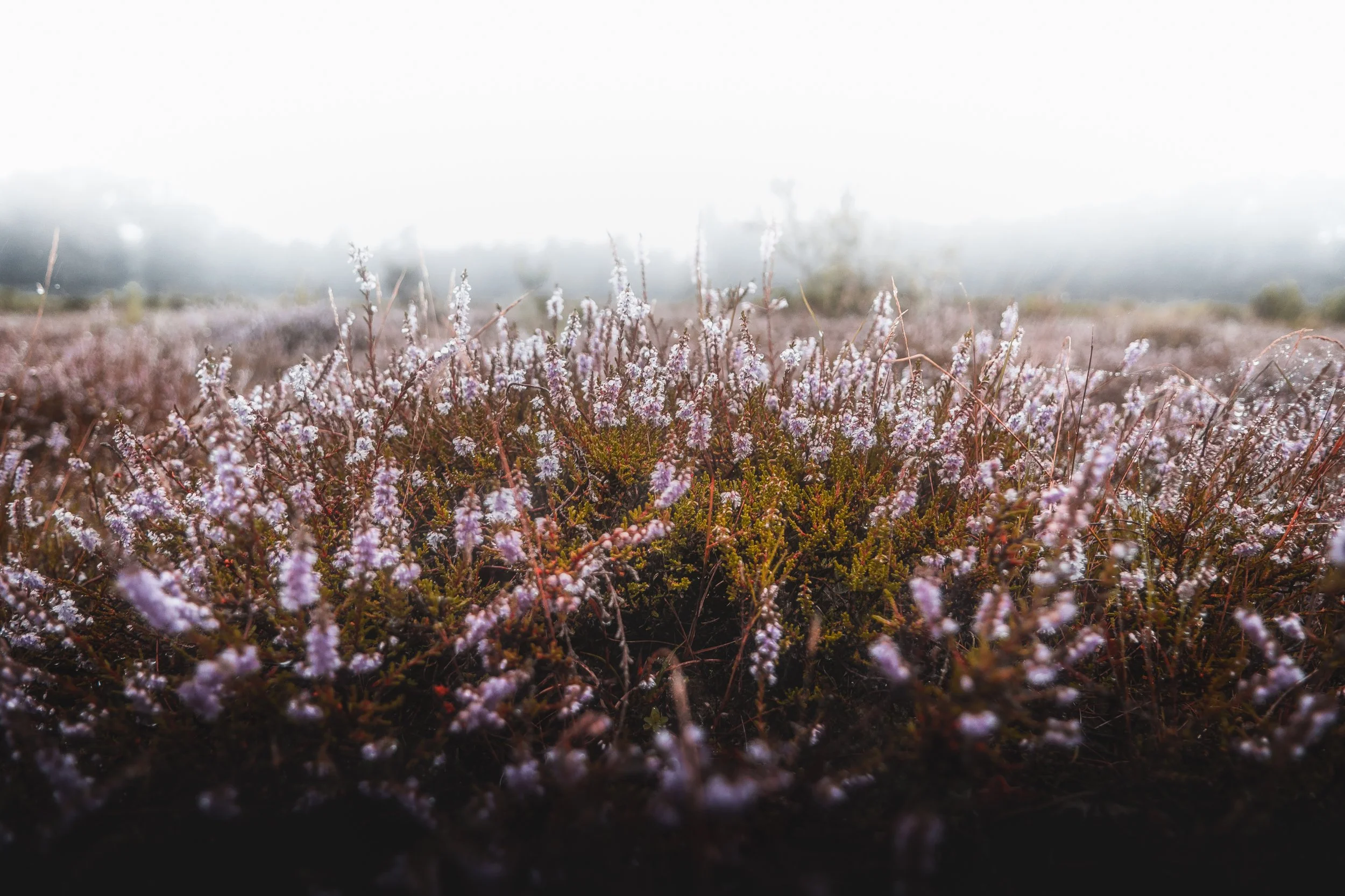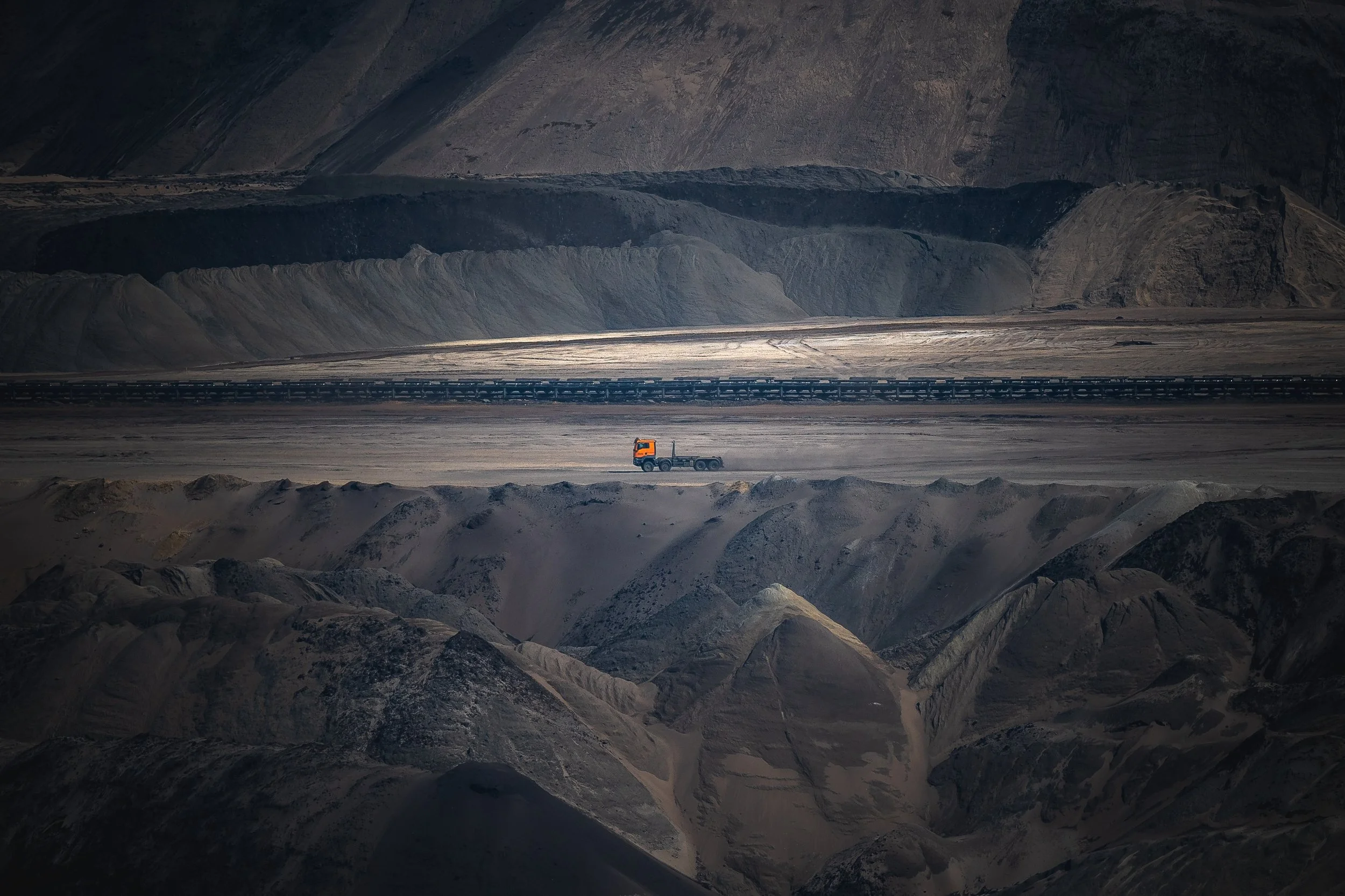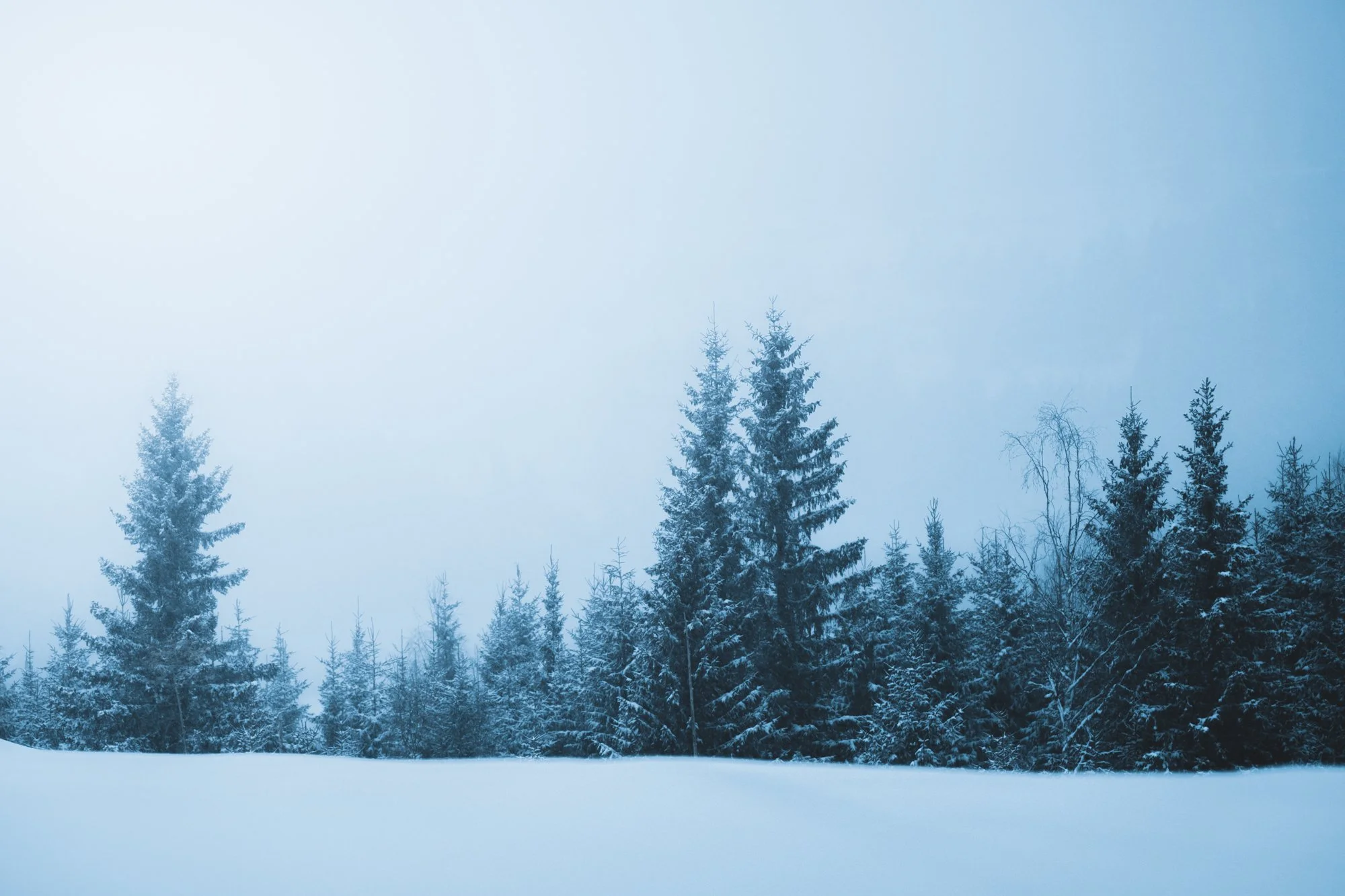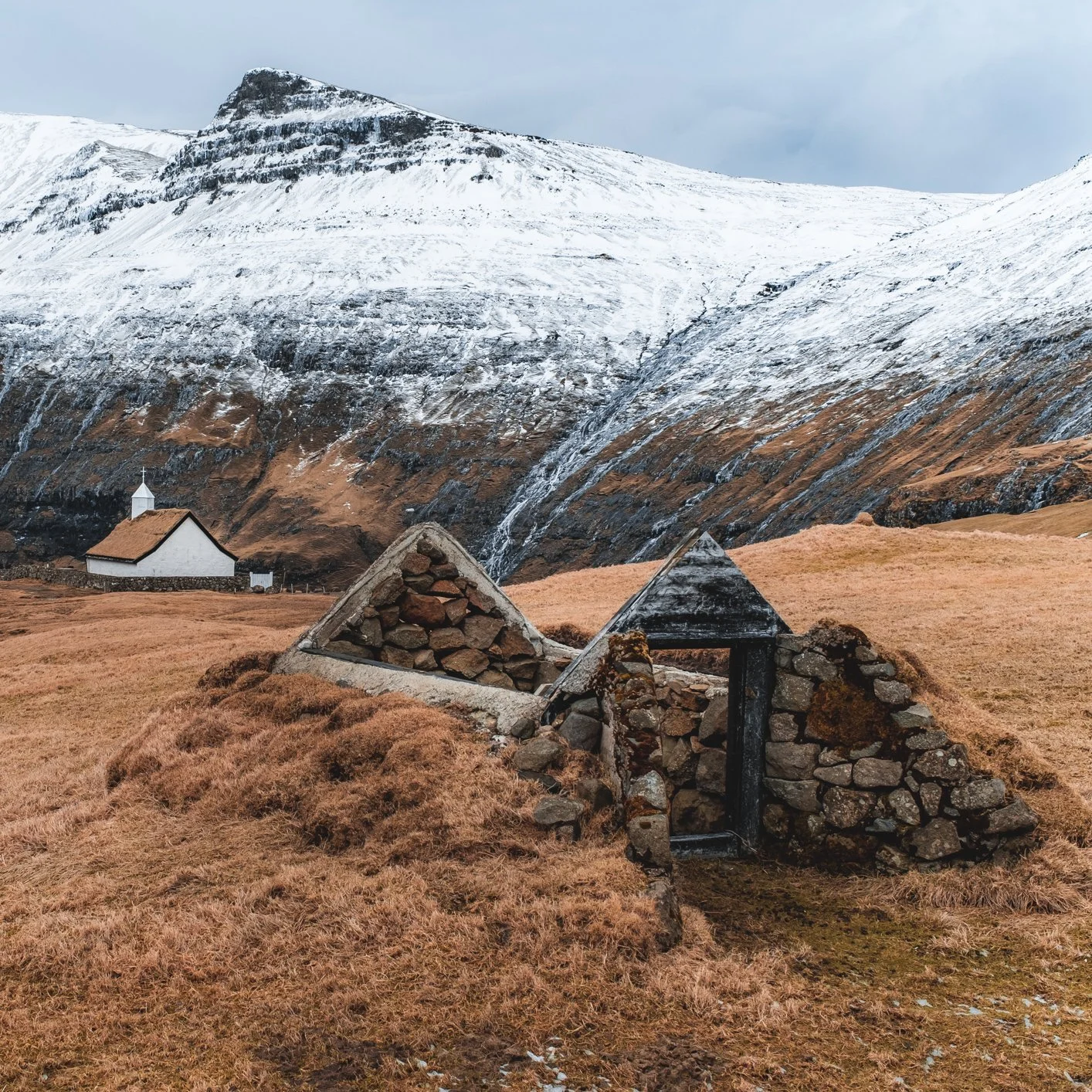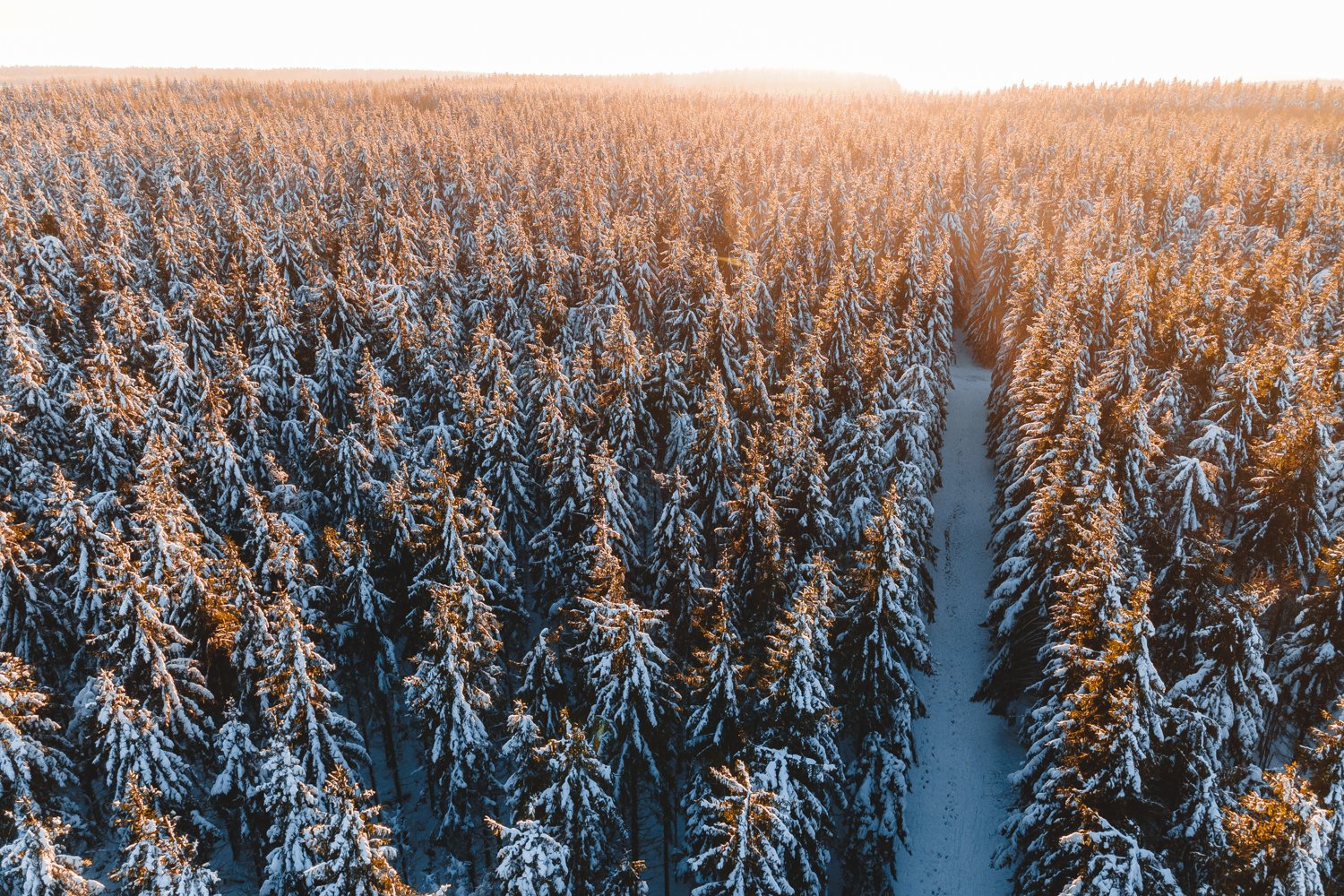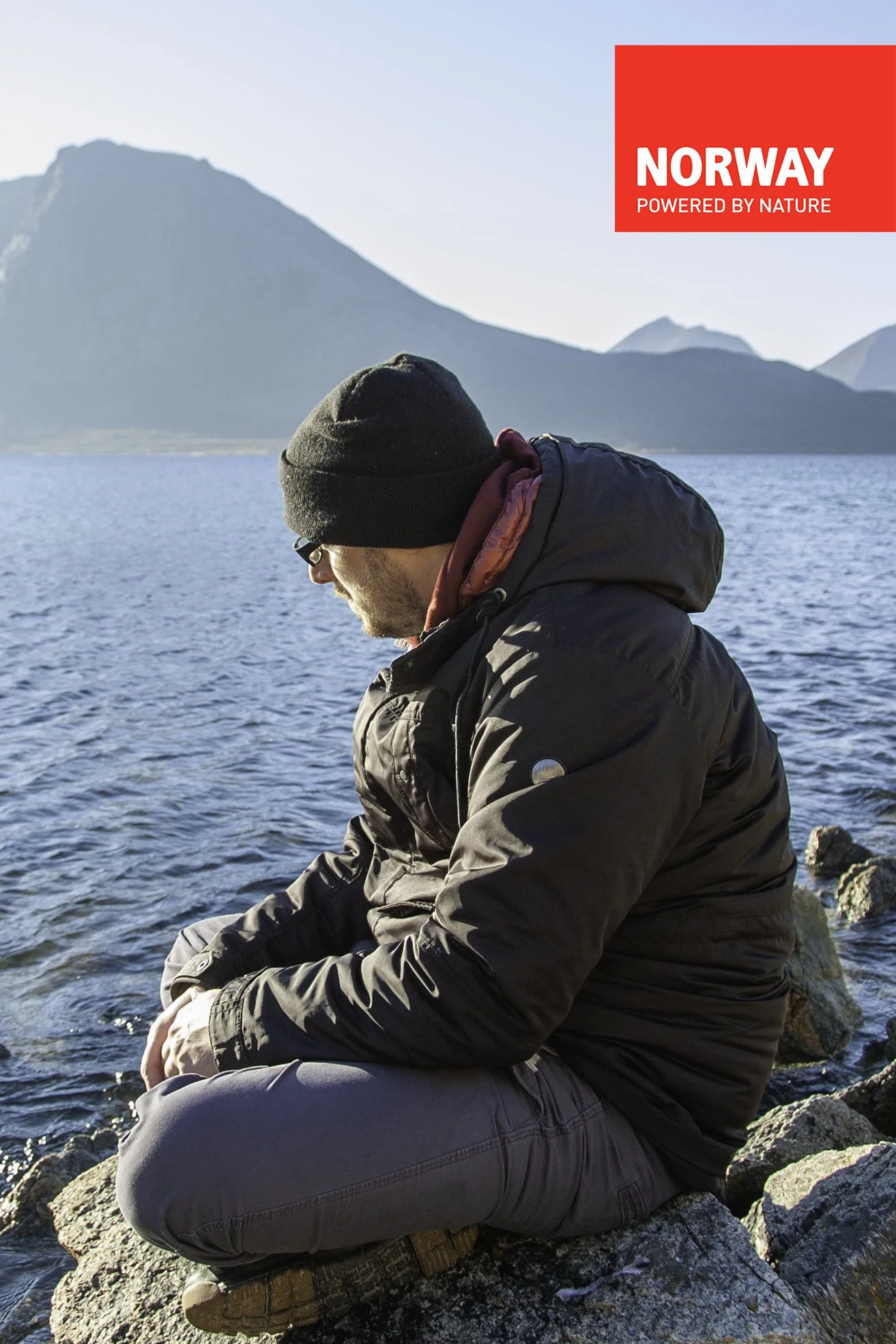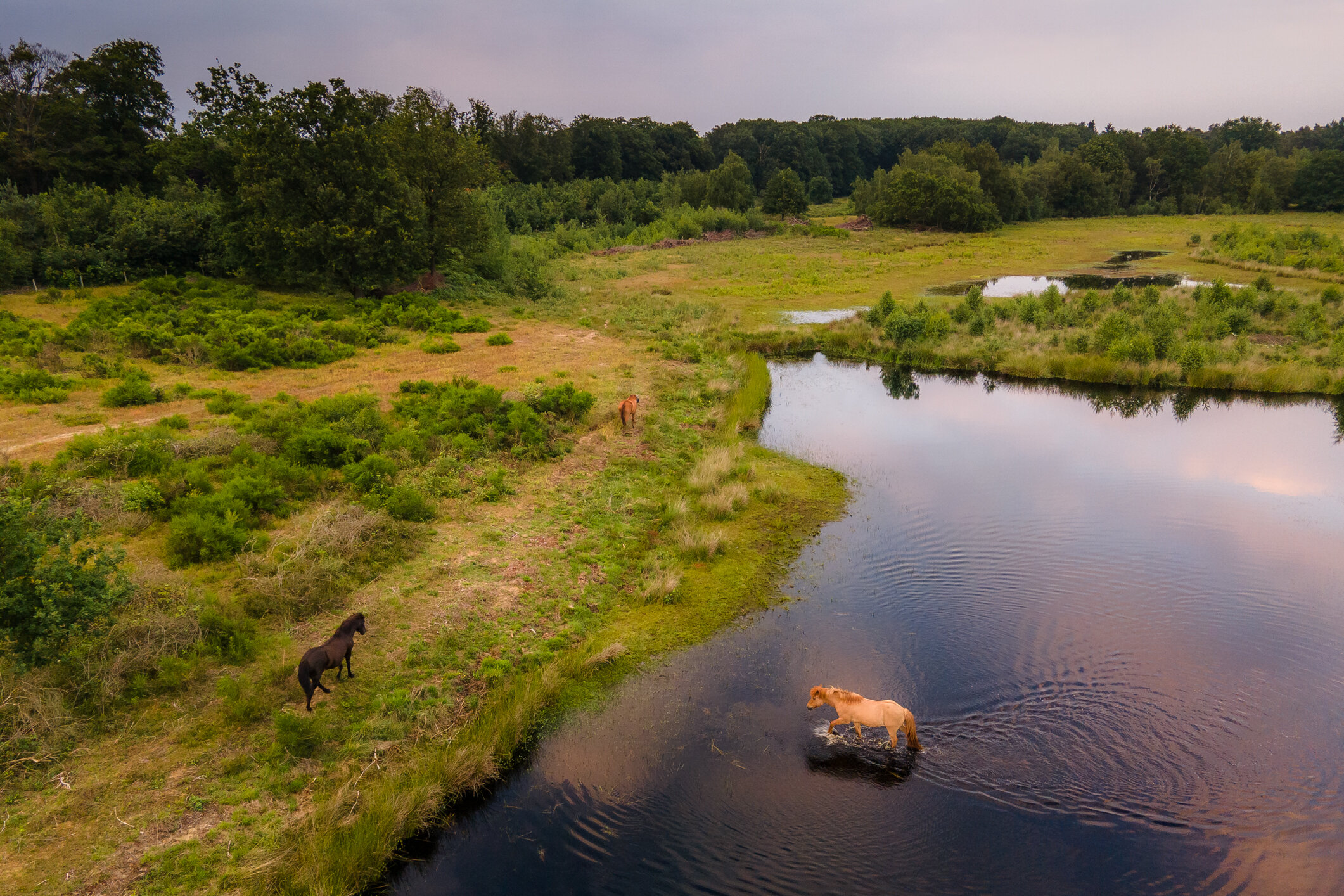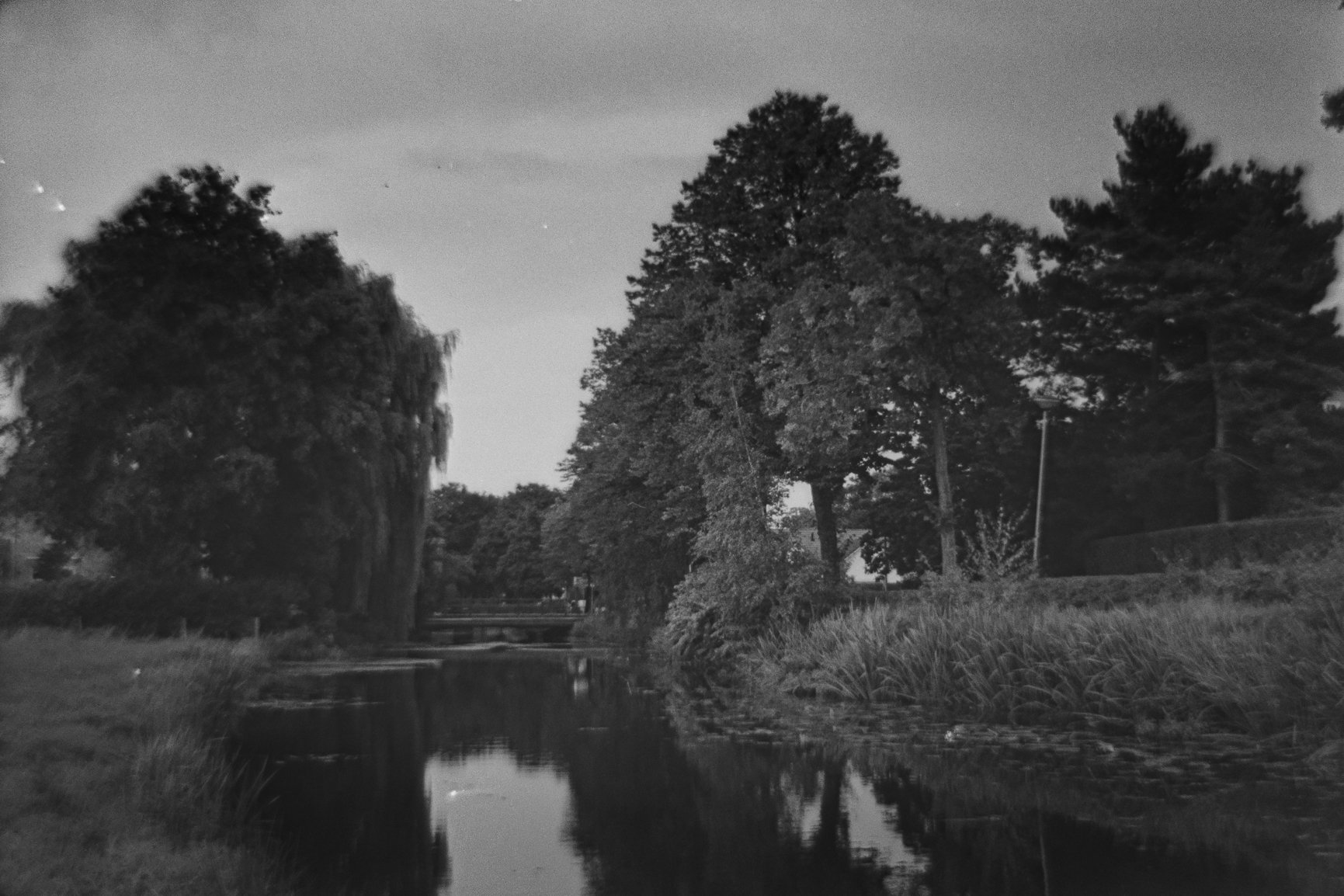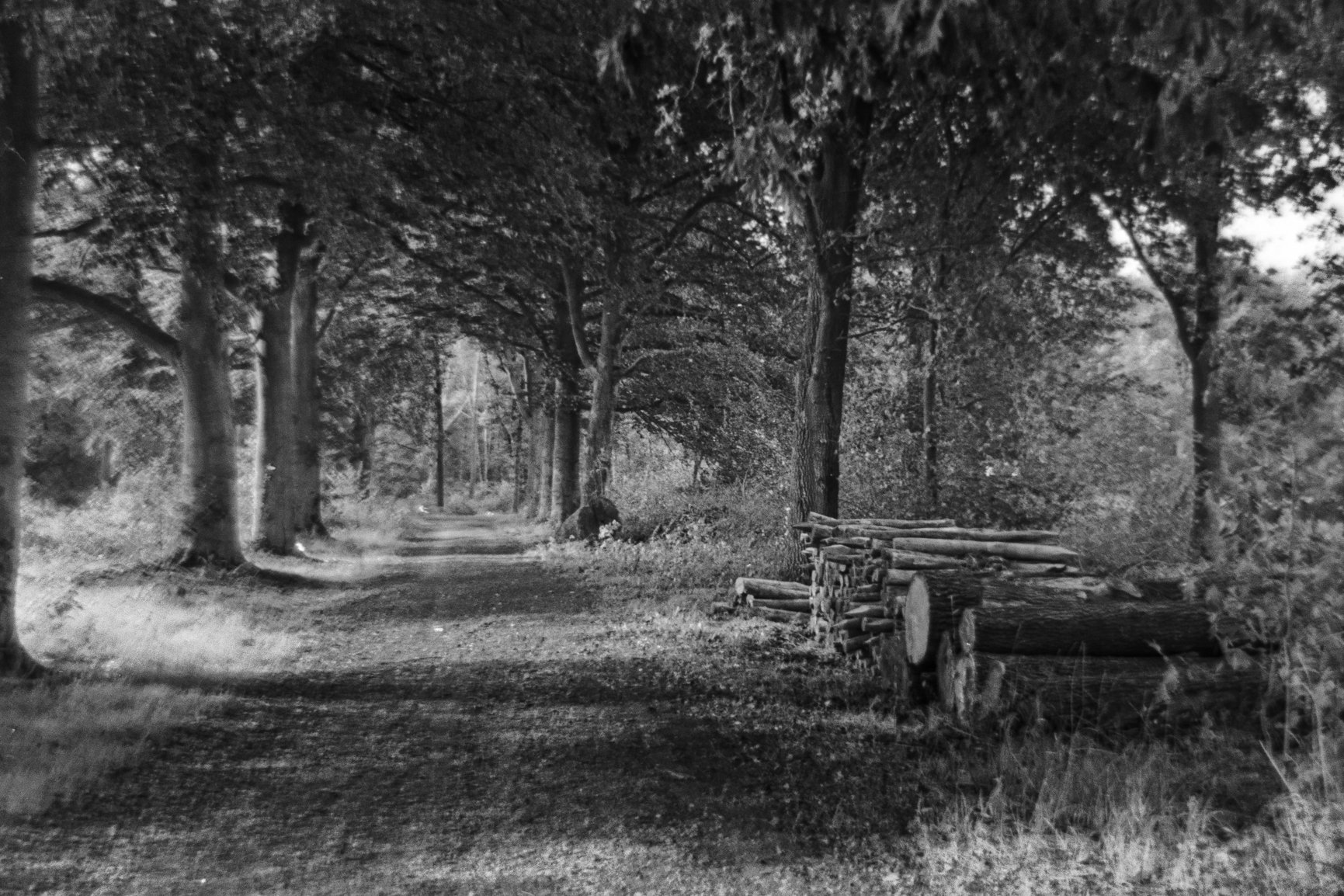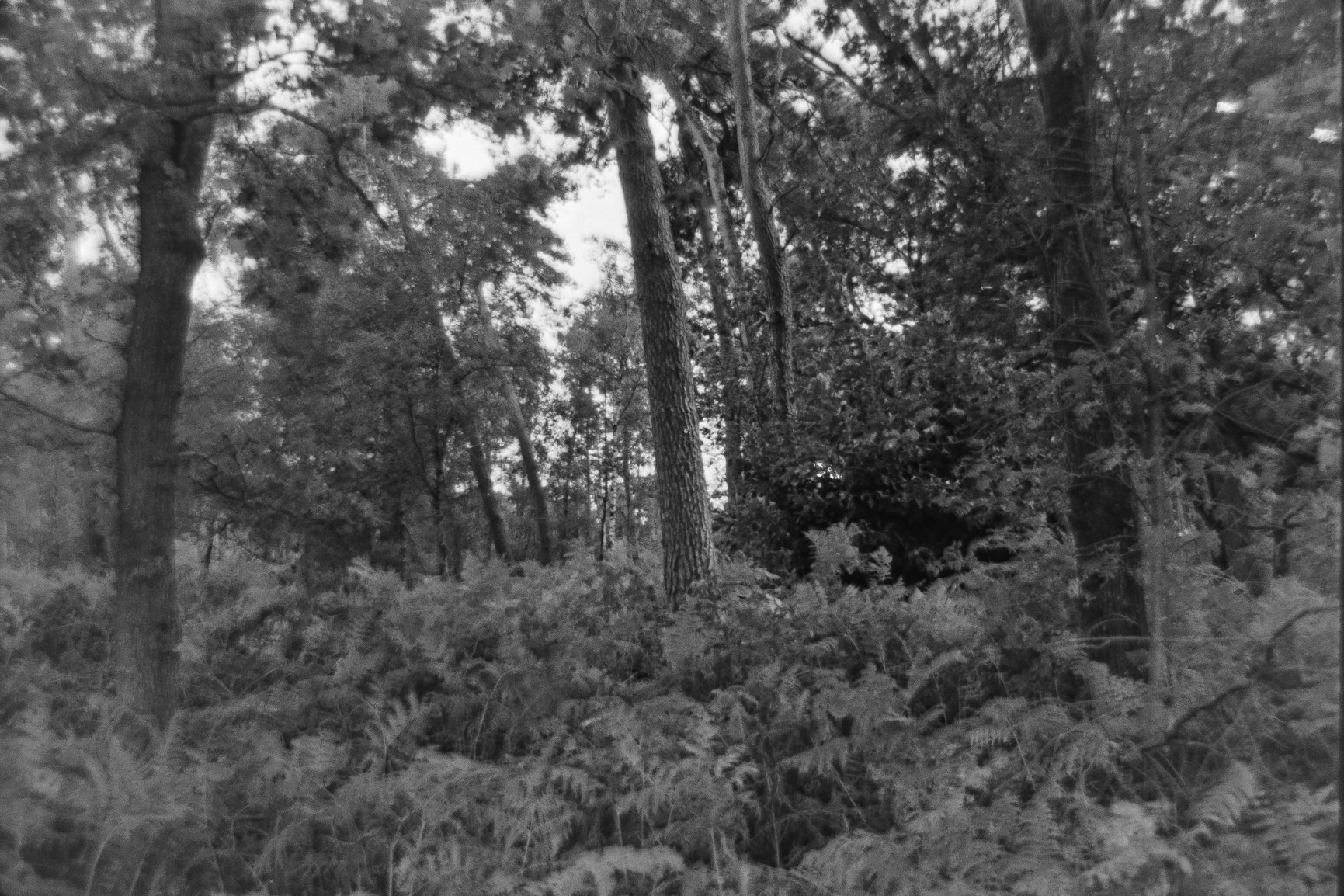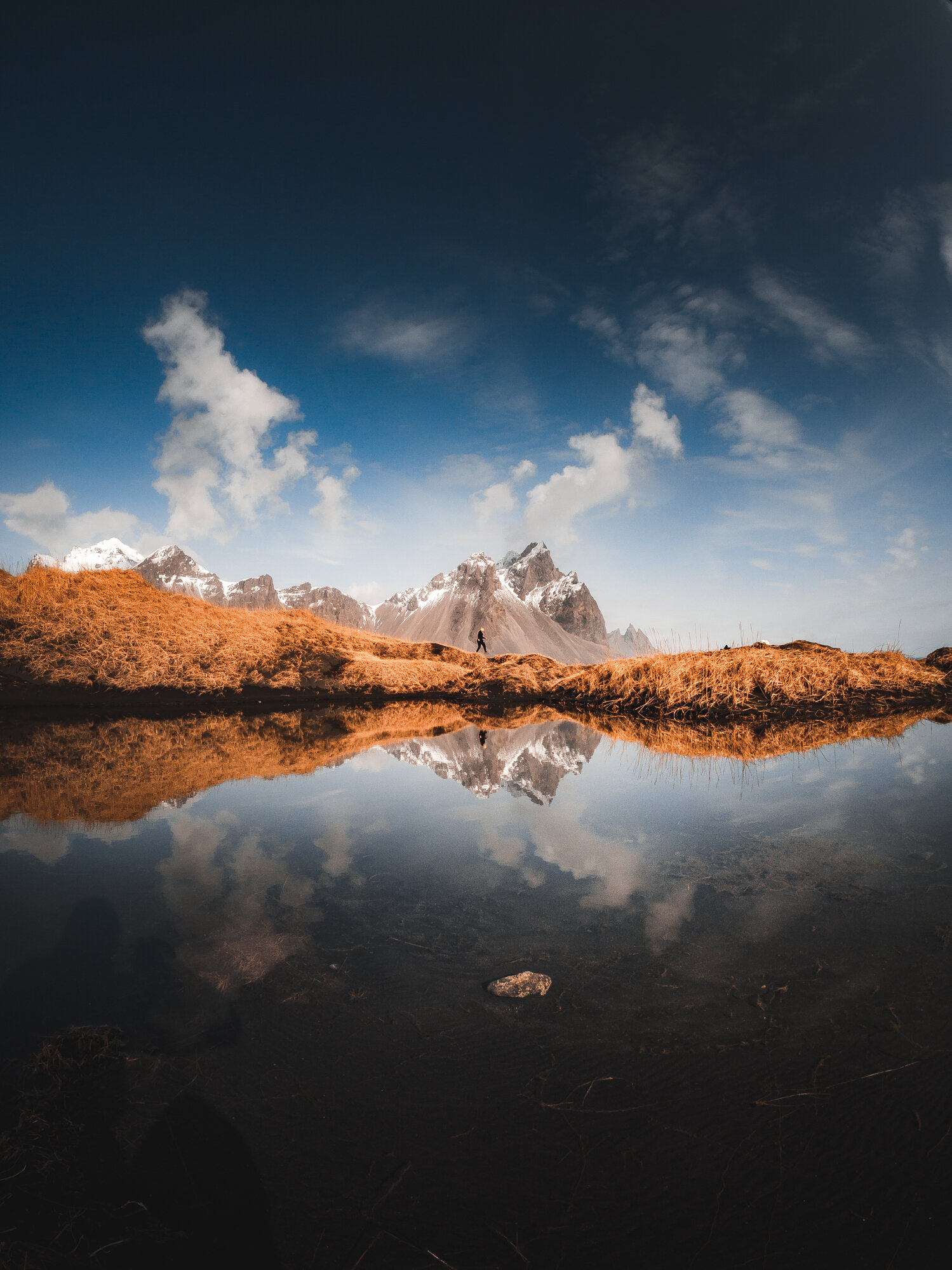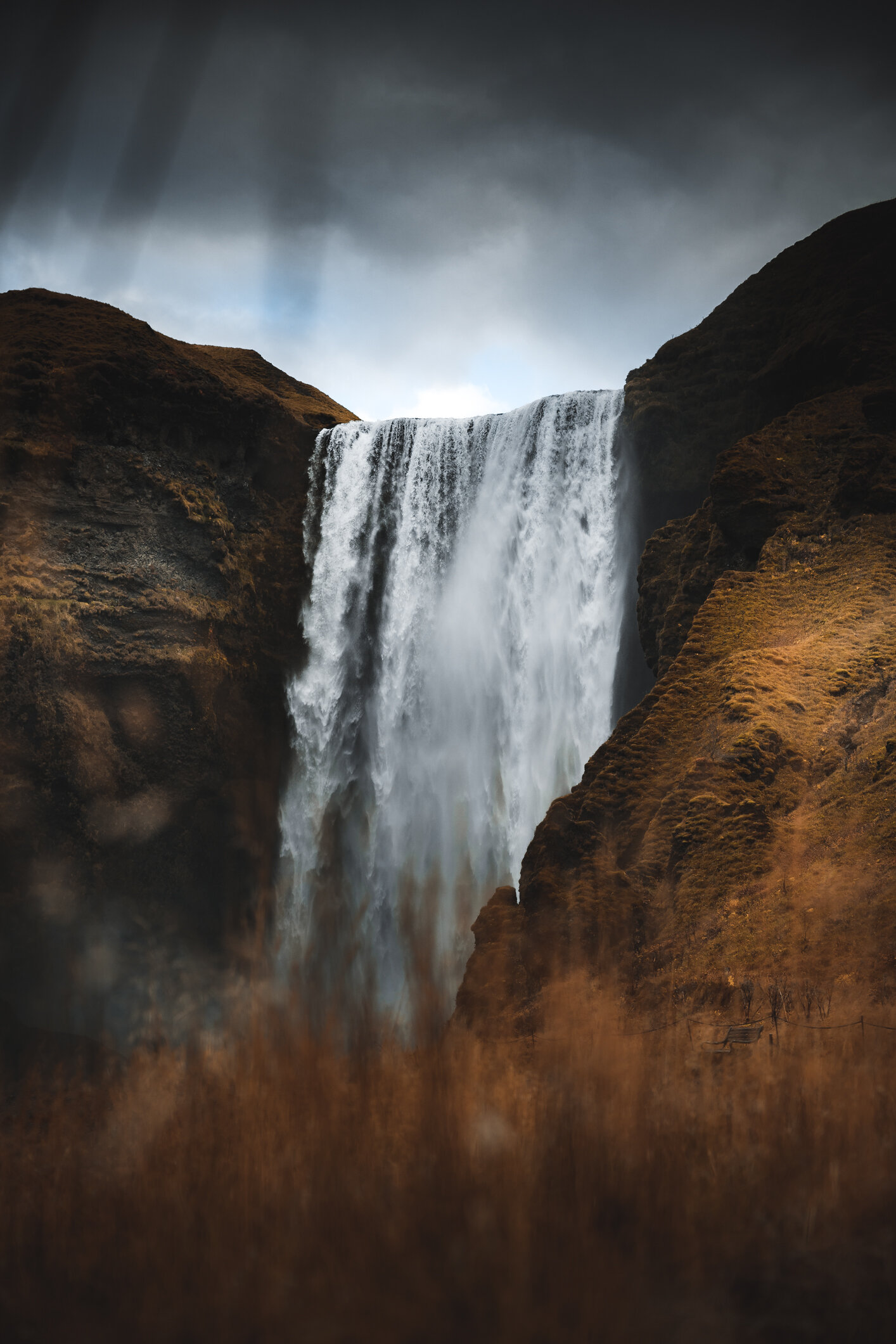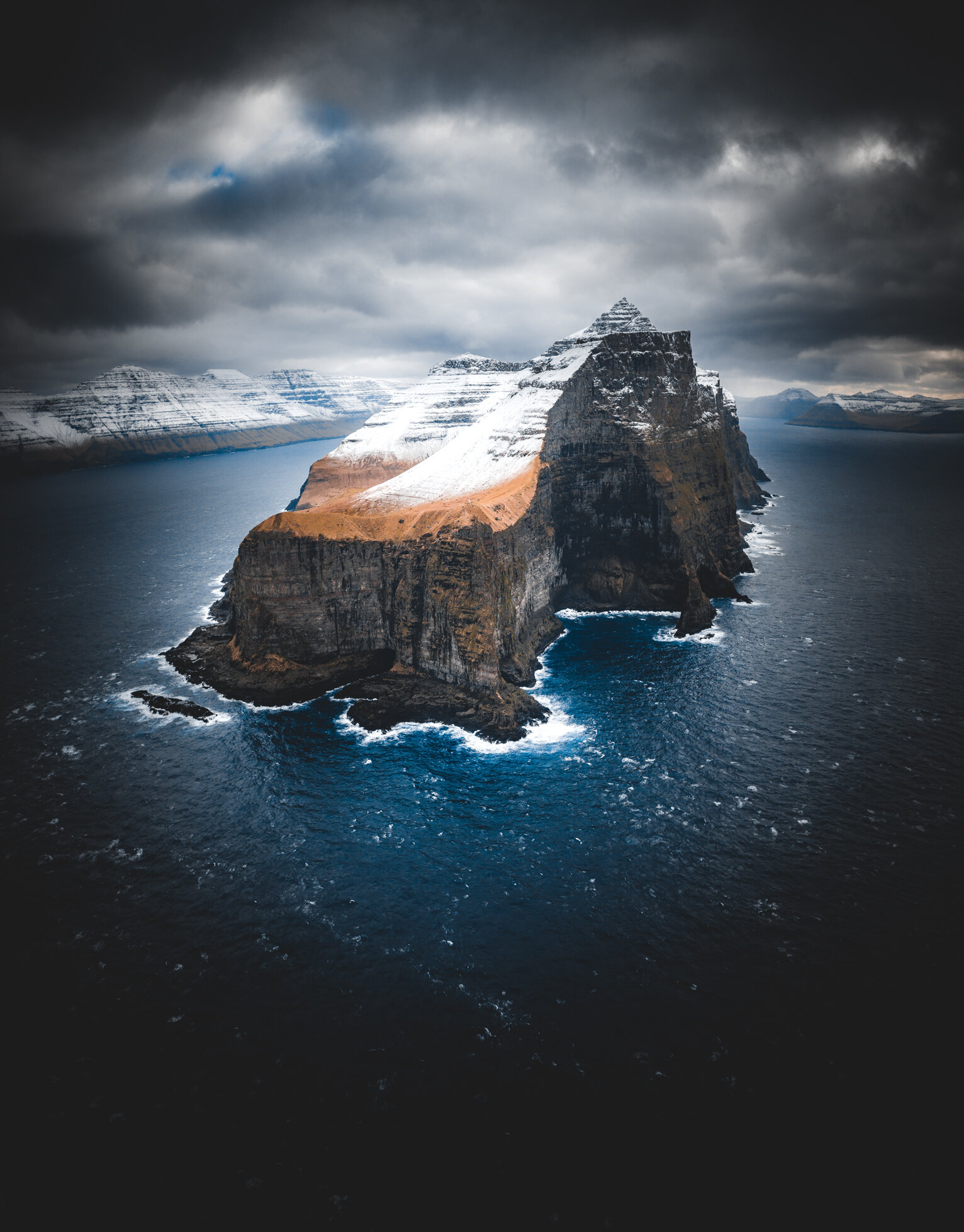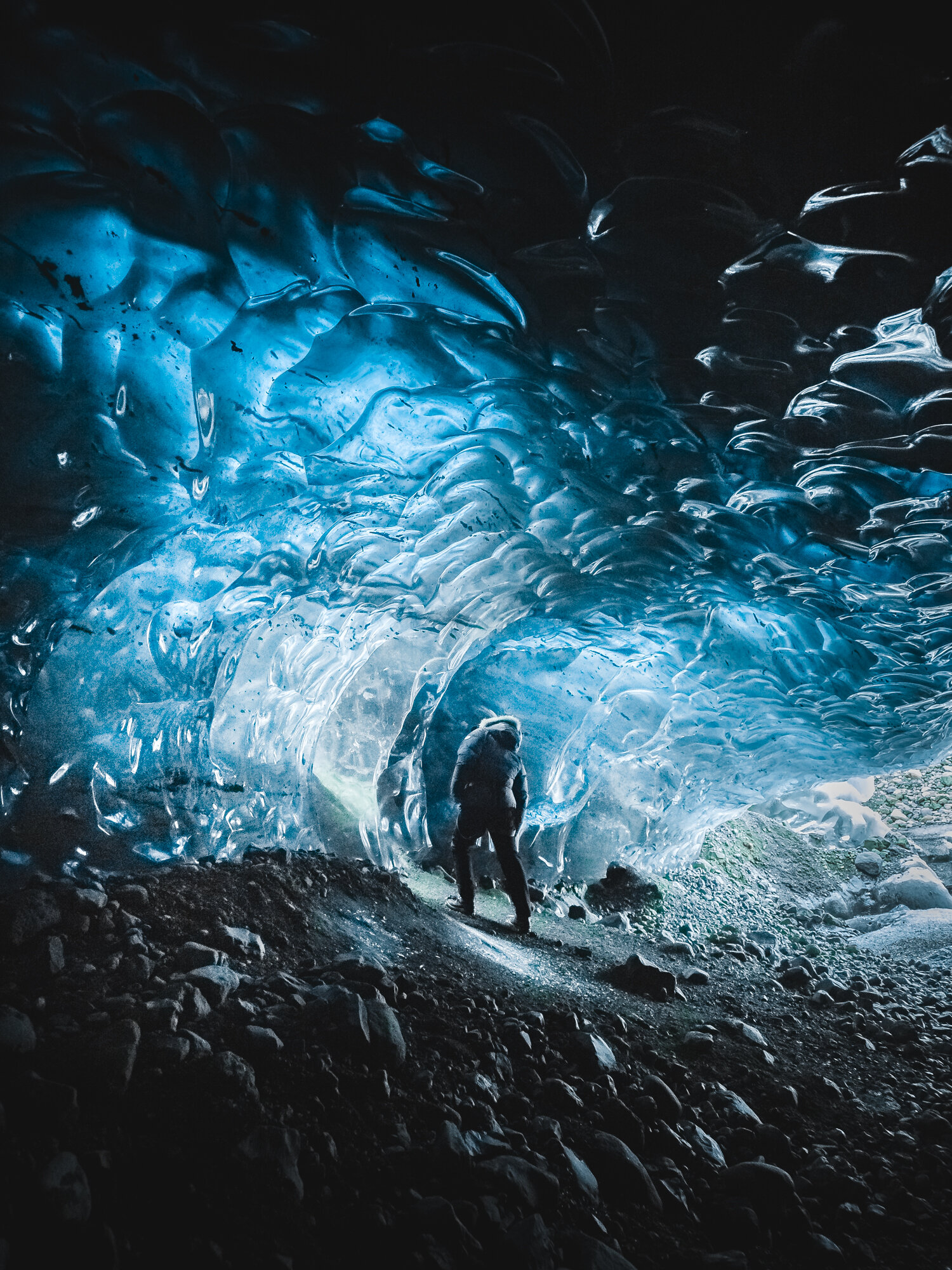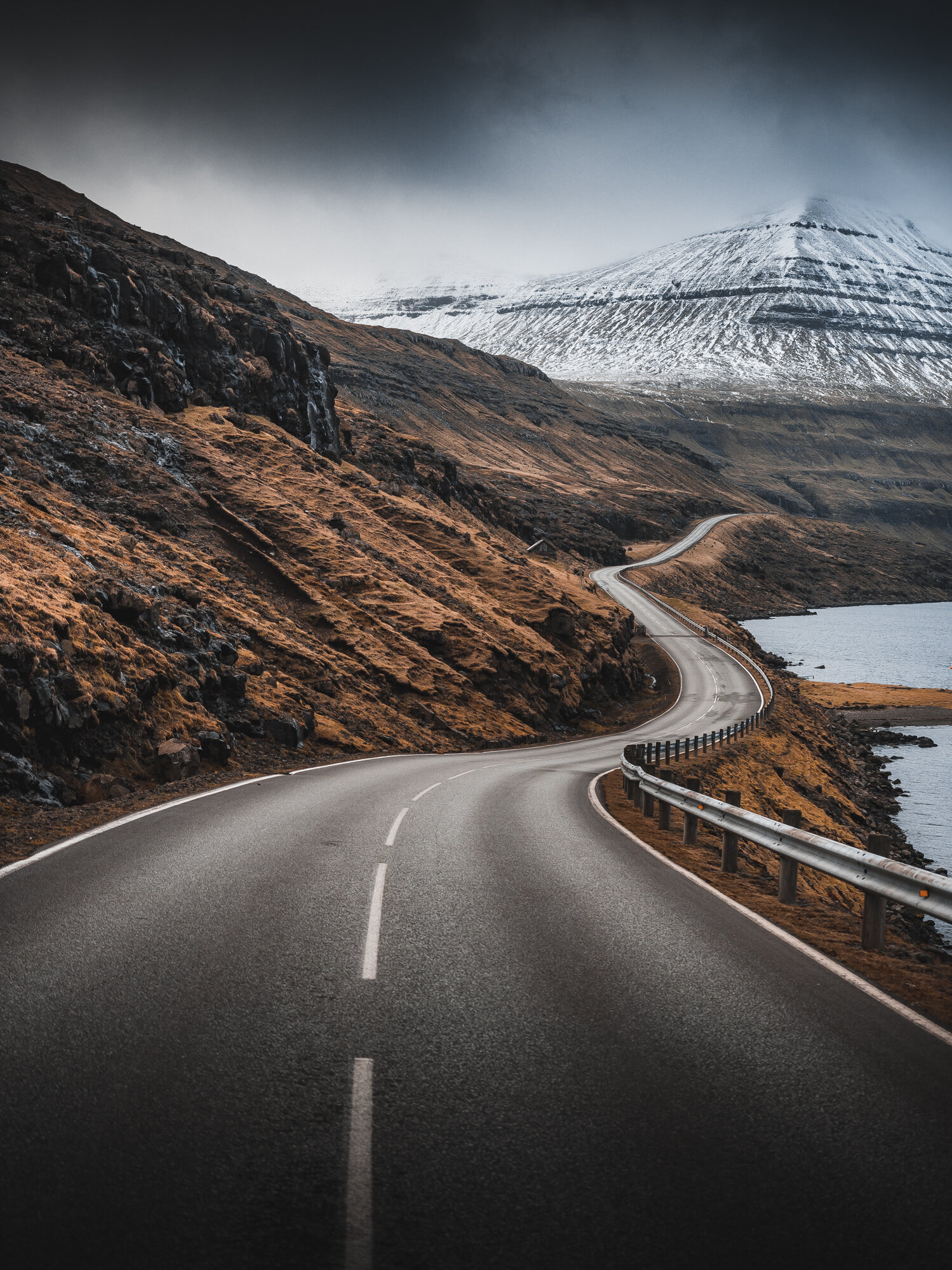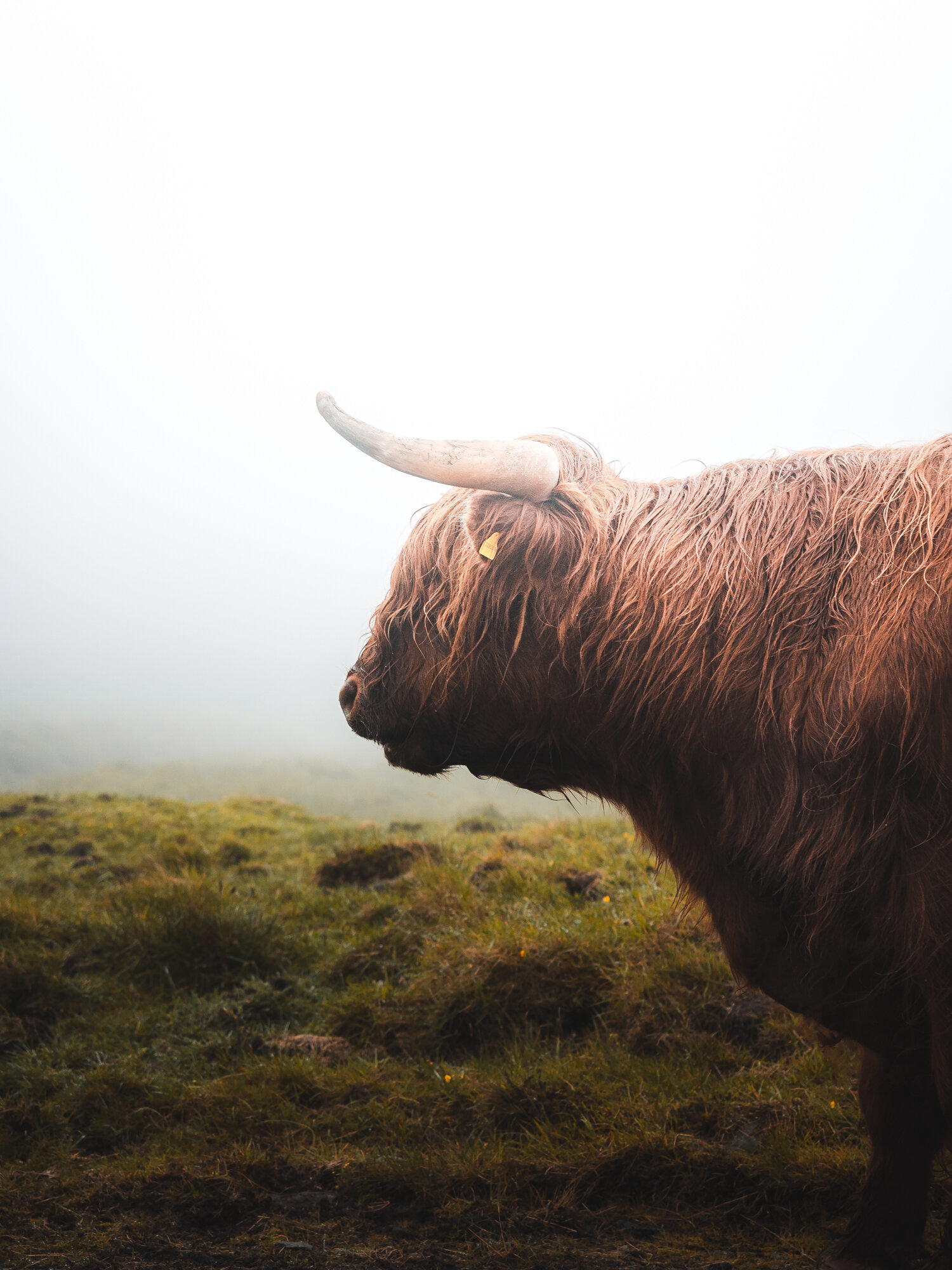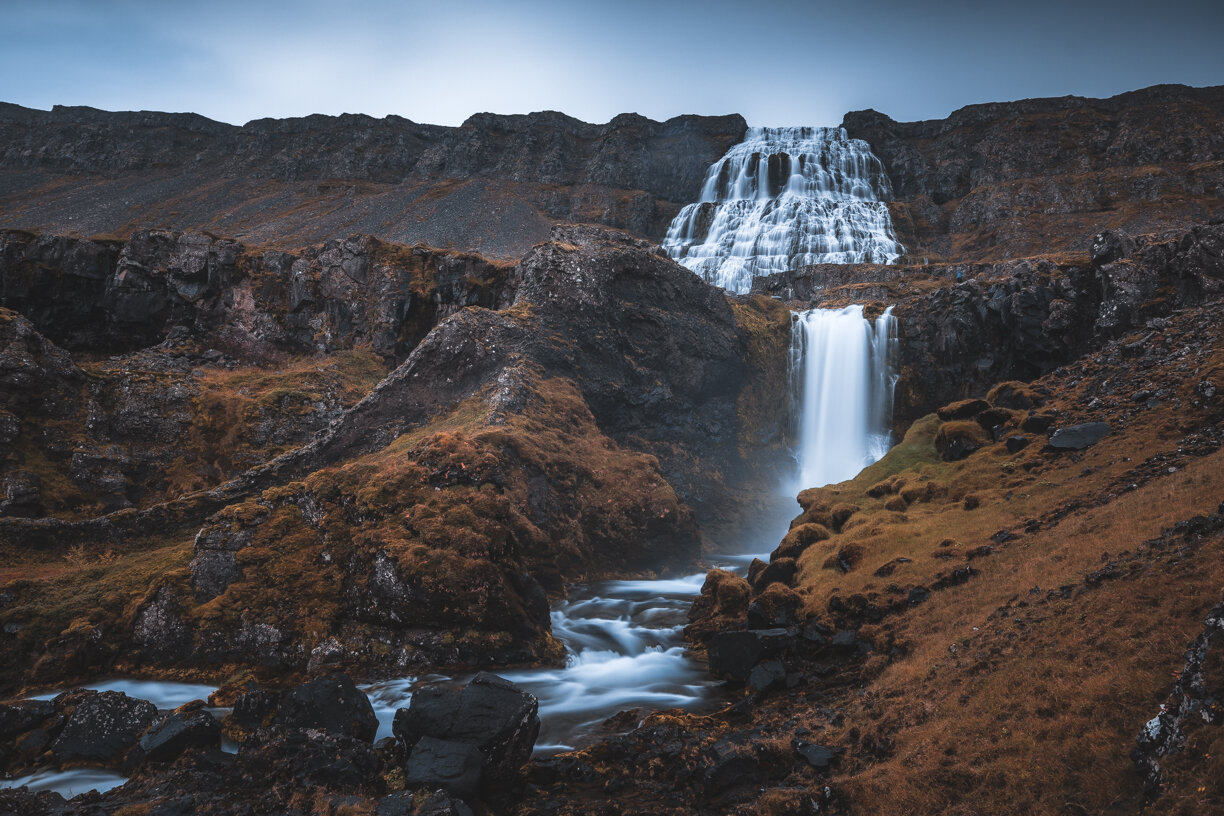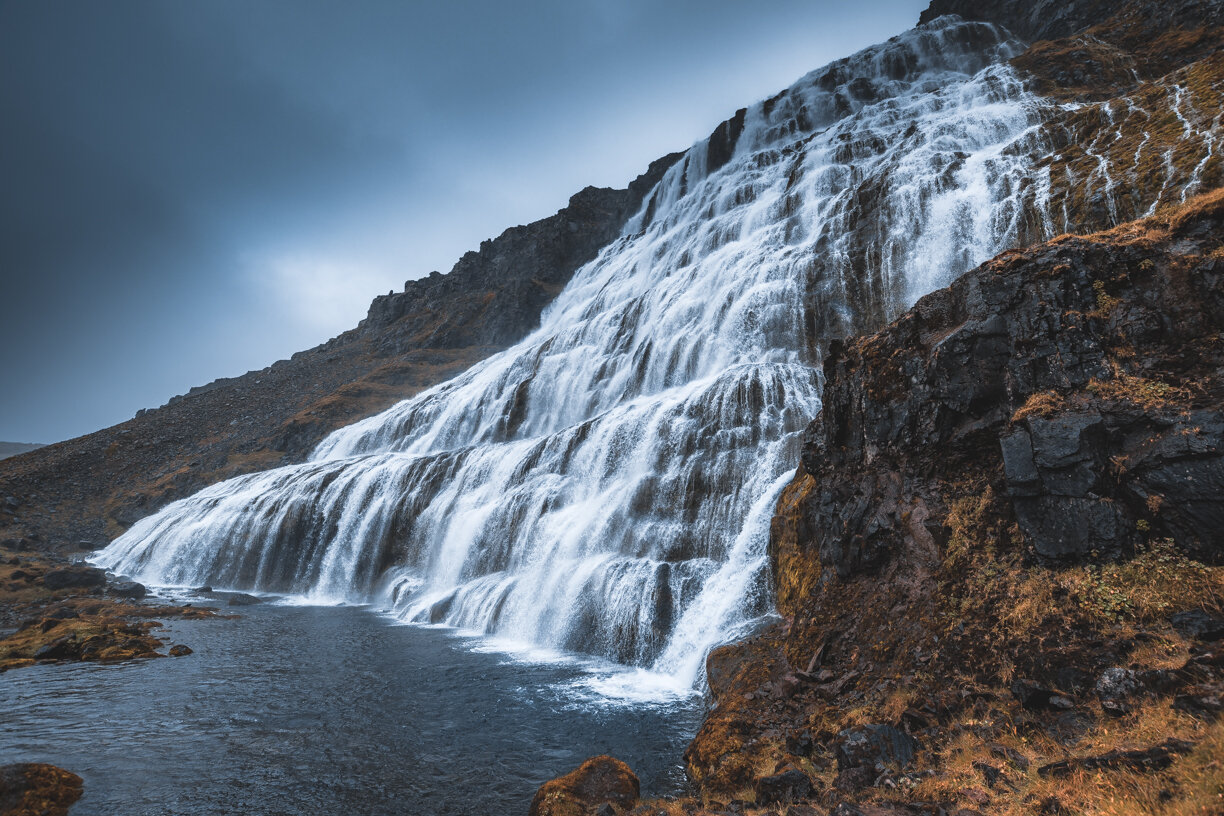Hi there folks, it feels like its been ages since I’ve made a new blogpost. And whilst I am saying this I figured out that my last blog dates from May. So its about time I did something about that!
I have been trying out some film photography recently. Something I have never really done before. And it is safe to say that I am a complete noob with zero experience when it comes to all thins analog photography. But just that is what I like about trying out something new. Go in blank, find out how things work. And make plenty of mistakes.
Below you can see a gallery of images that came out of my 2nd ever roll of film. The first one I messed up completely whilst trying to shoot black and white film on an old Olympus Trip 35. This little camera did not want to advance my film correctly, as I found out once “filled up” the roll of film. A complete bust. After this failed attempt it took me a few weeks to try again, and give it a second chance.
I did so this time with a Nikon F601 and 35-70mm lens that I had laying around the house without actually ever knowing having it. Ah well, I guess I got lucky… this camera already felt much more comfortable, and did the trick for me. It was great fun shooting this thing, and thinking about settings and all that a little bit differently compared to what I am used to whilst shooting digitally.
Click the photographs to see them in their full size/ratio!
As you can see from this gallery the images came out quite nice, to look at. None of them are masterpieces. But they don’t need to be. Shooting film for me is just having fun and trying something else.
I also had a go at scanning the negatives at home. Doing it by DSLR scanning. But as you can see I need more practice at that, and perhaps better gear. Specifically a dedicated macro lens to get clearer images and resolution. I now shot these with my 50mm F1.8 and macro extension tubes. Which comes with losing control of aperture and quite the challenge to nail focus. I guess all good things comes with practice, time and patience. I will keep shooting film every now and then and perhaps try different things for scanning my images. Thanks for reading!
This is the camera I have shot above images on. The Nikon F601 and a 35-70mm F3.3-4.5 lens. A camera from the early 90’s.



